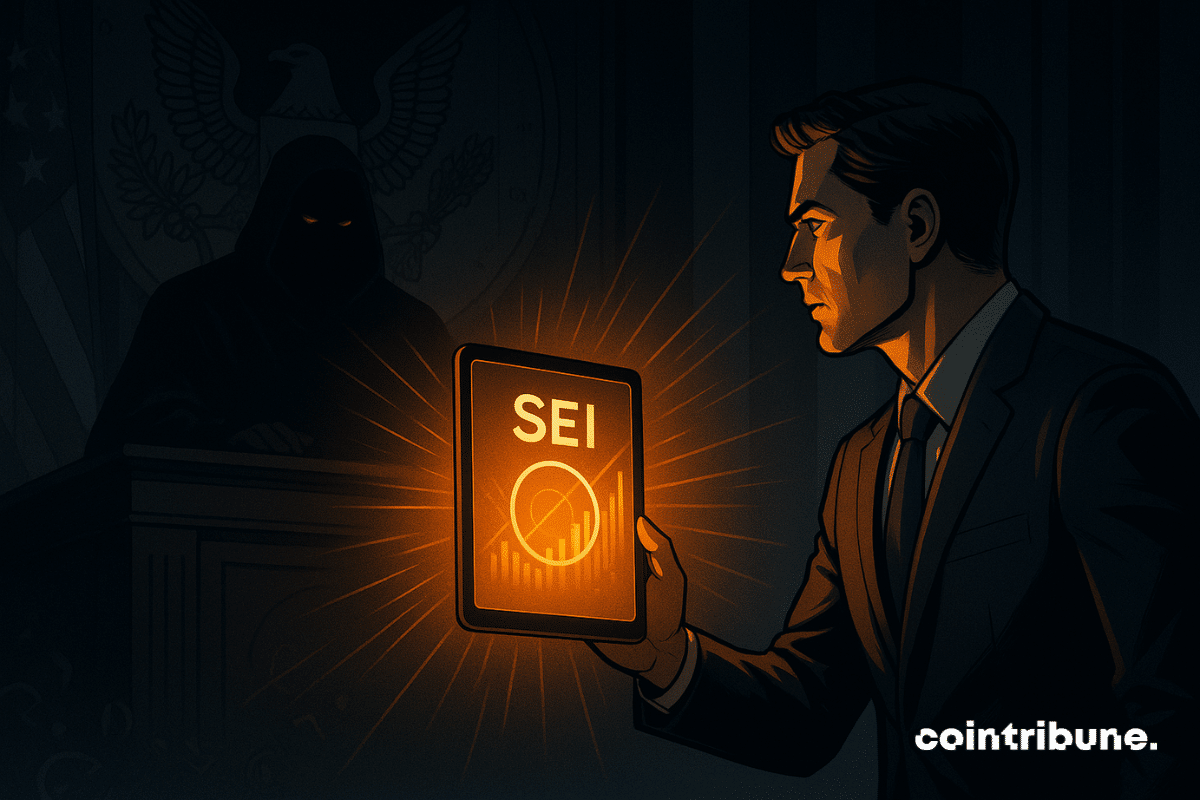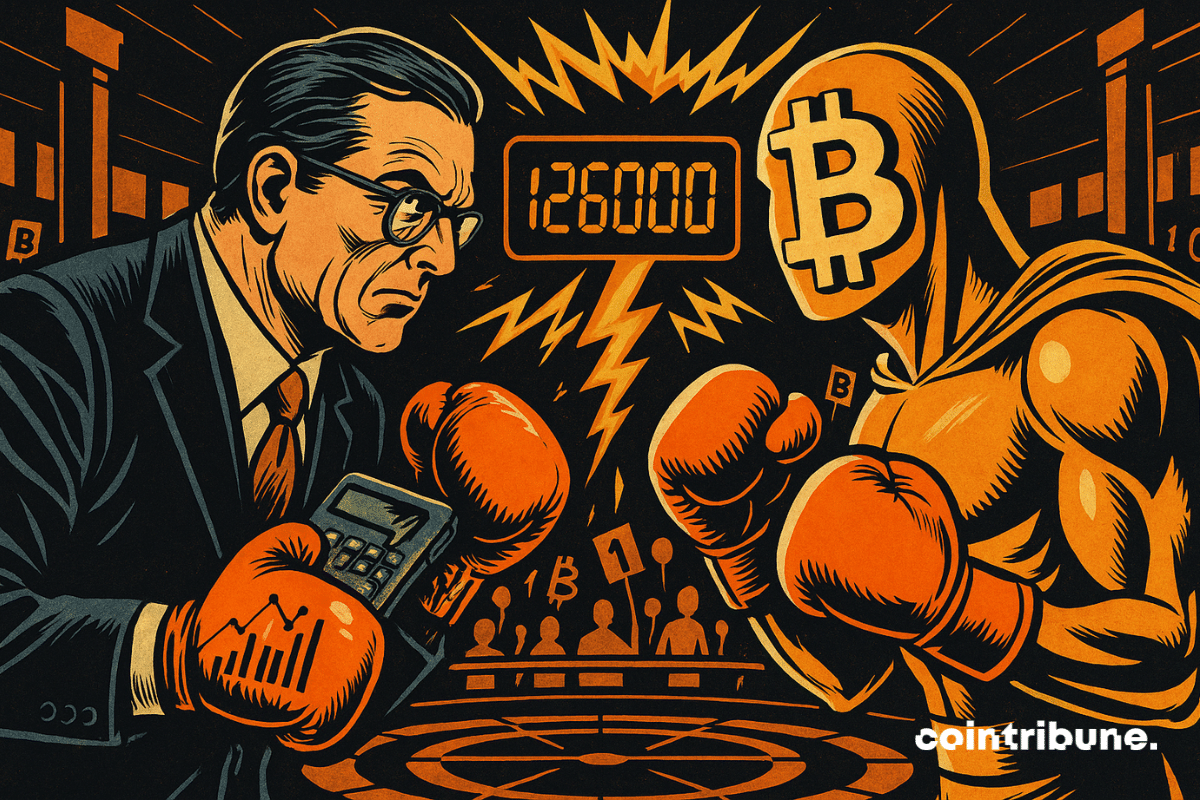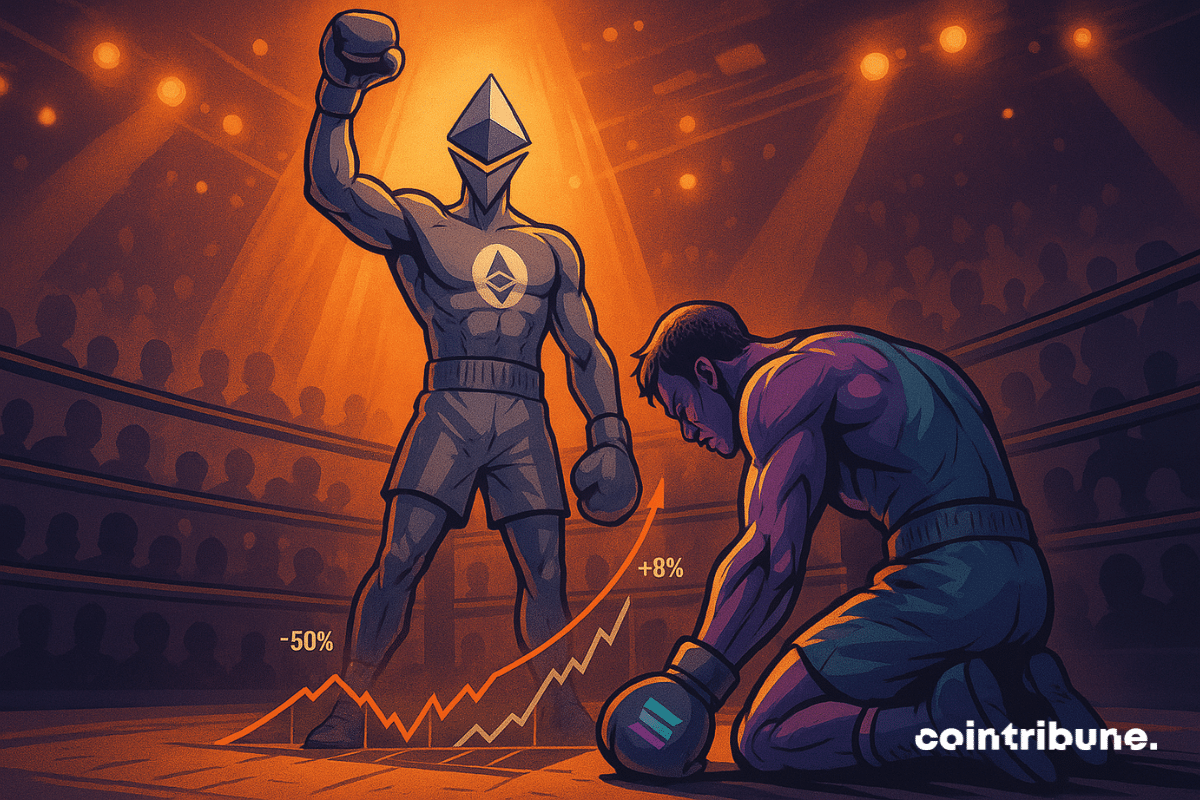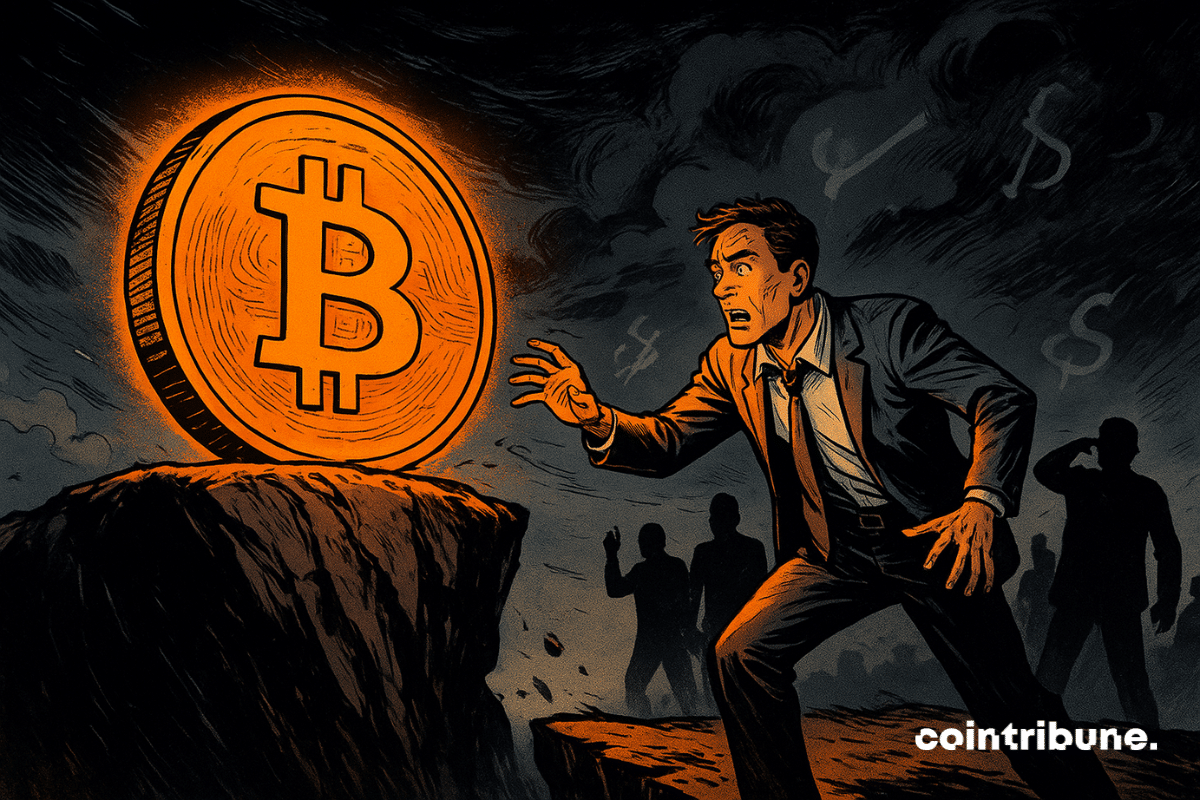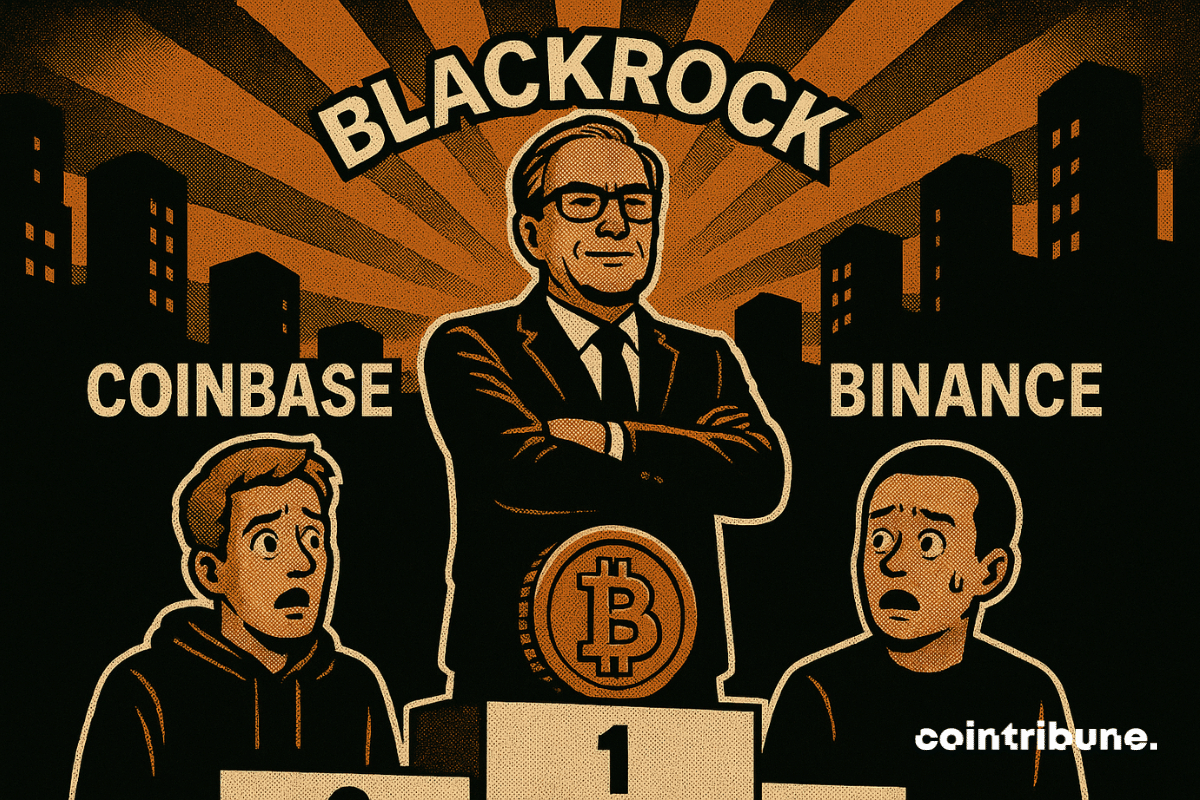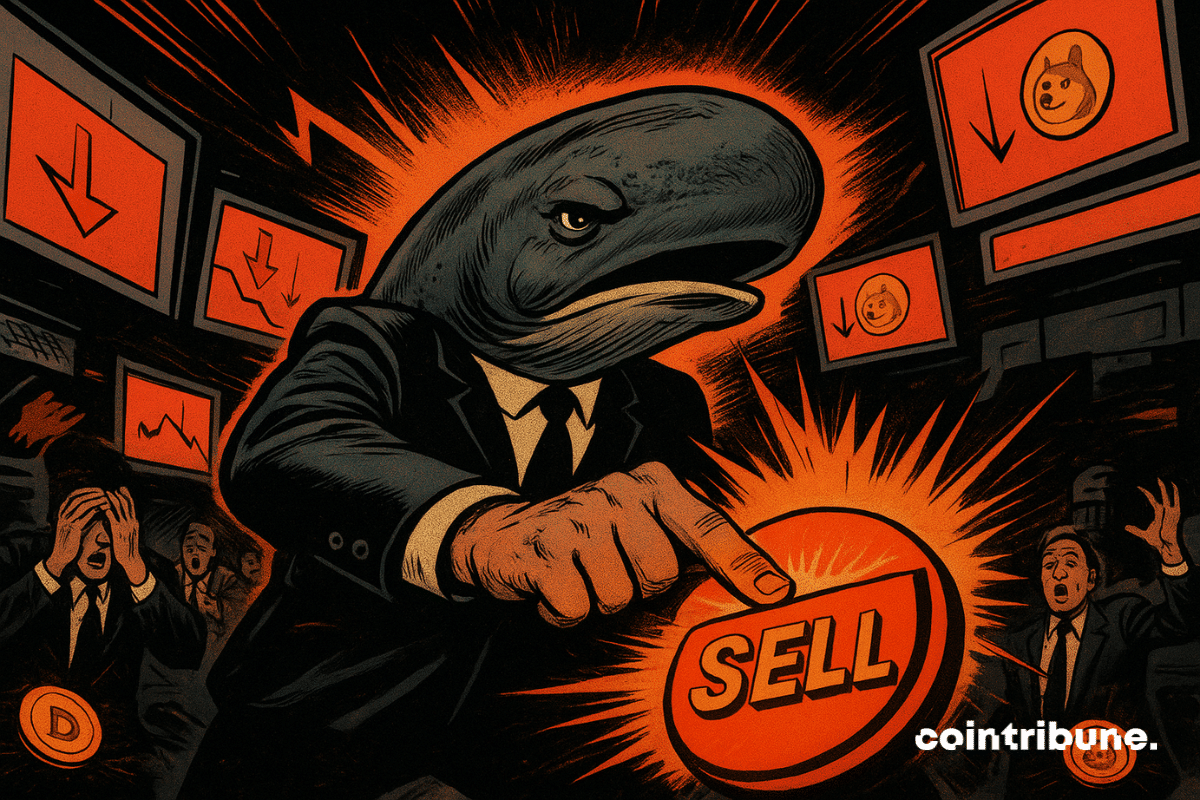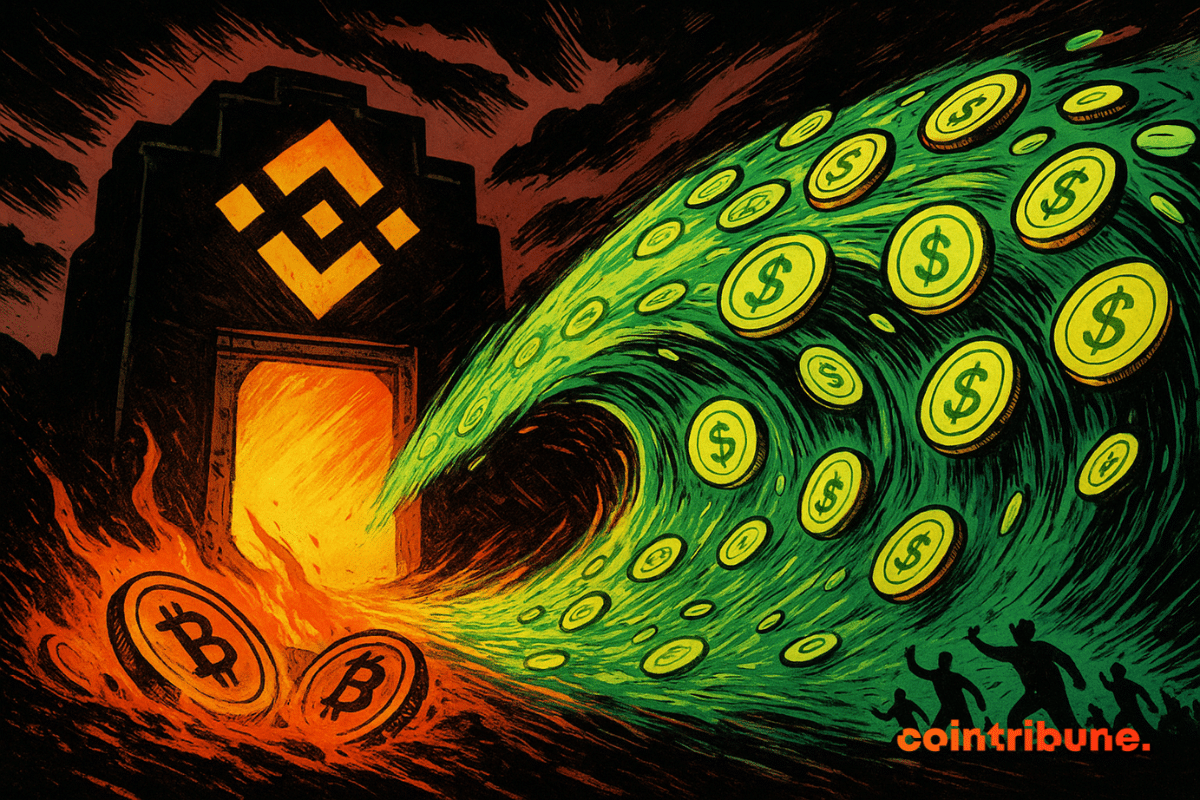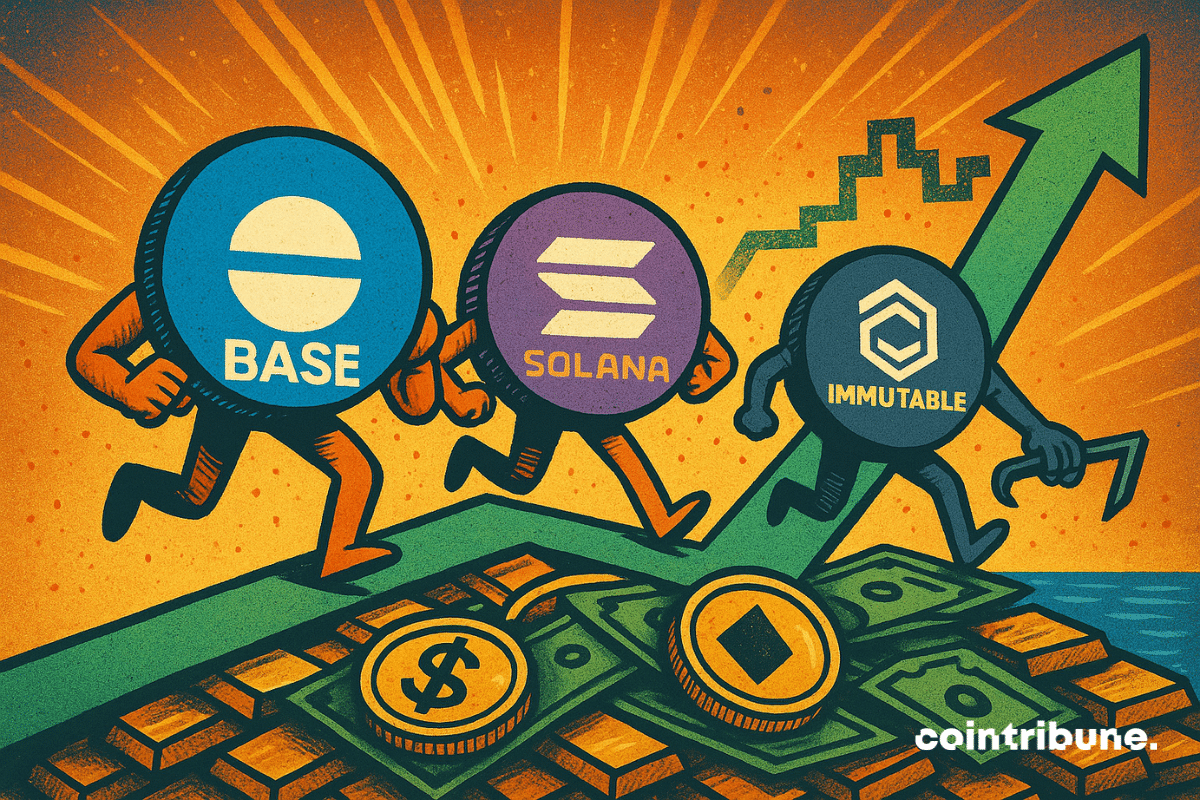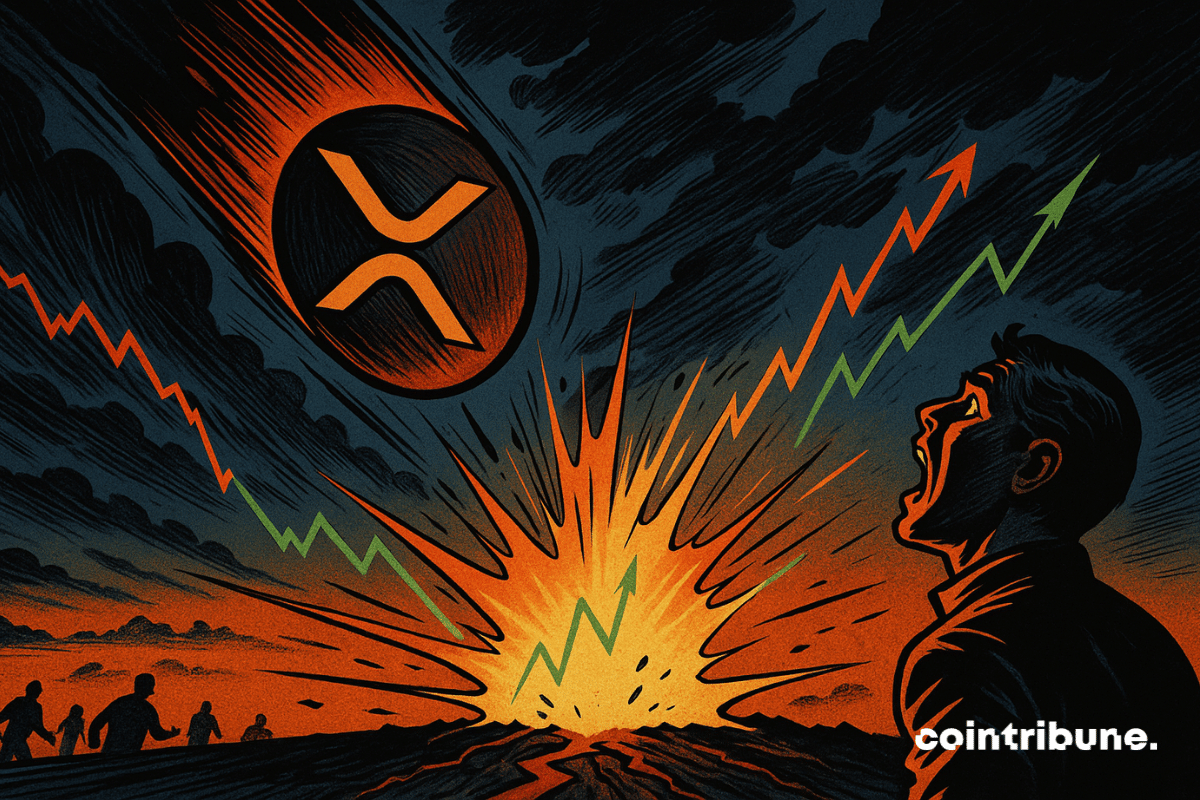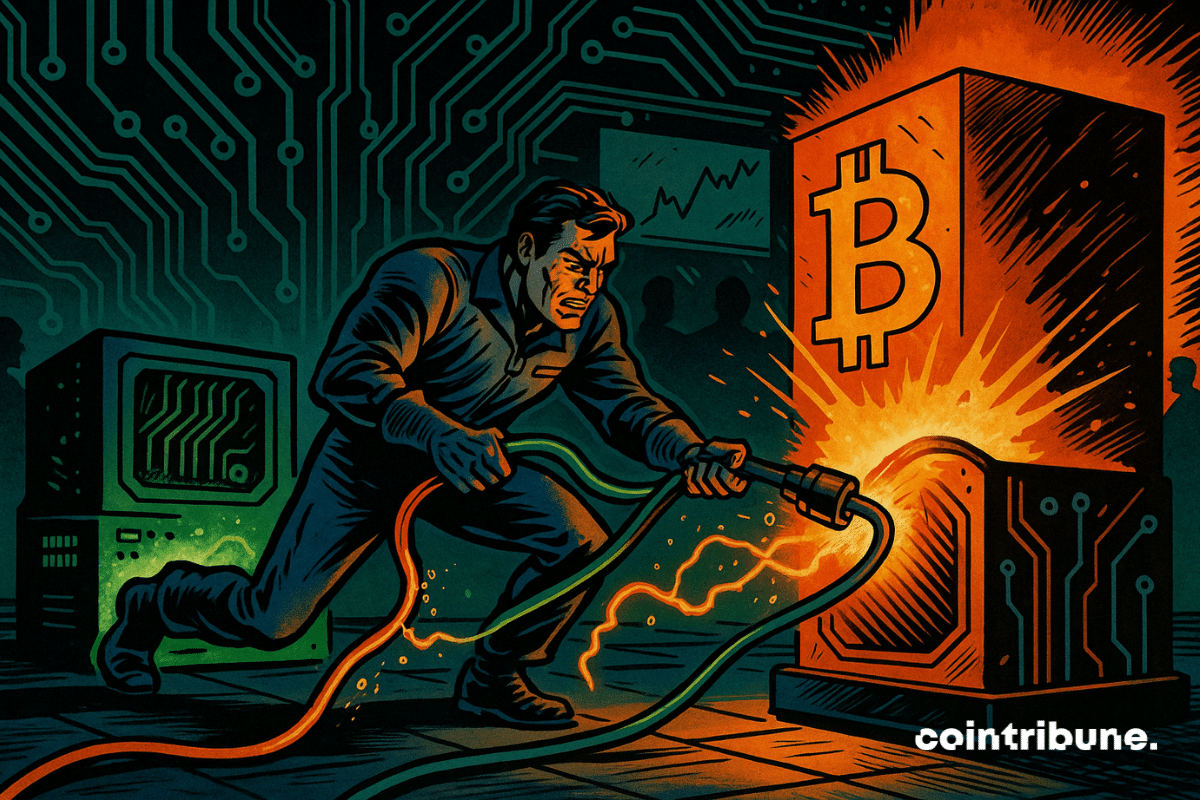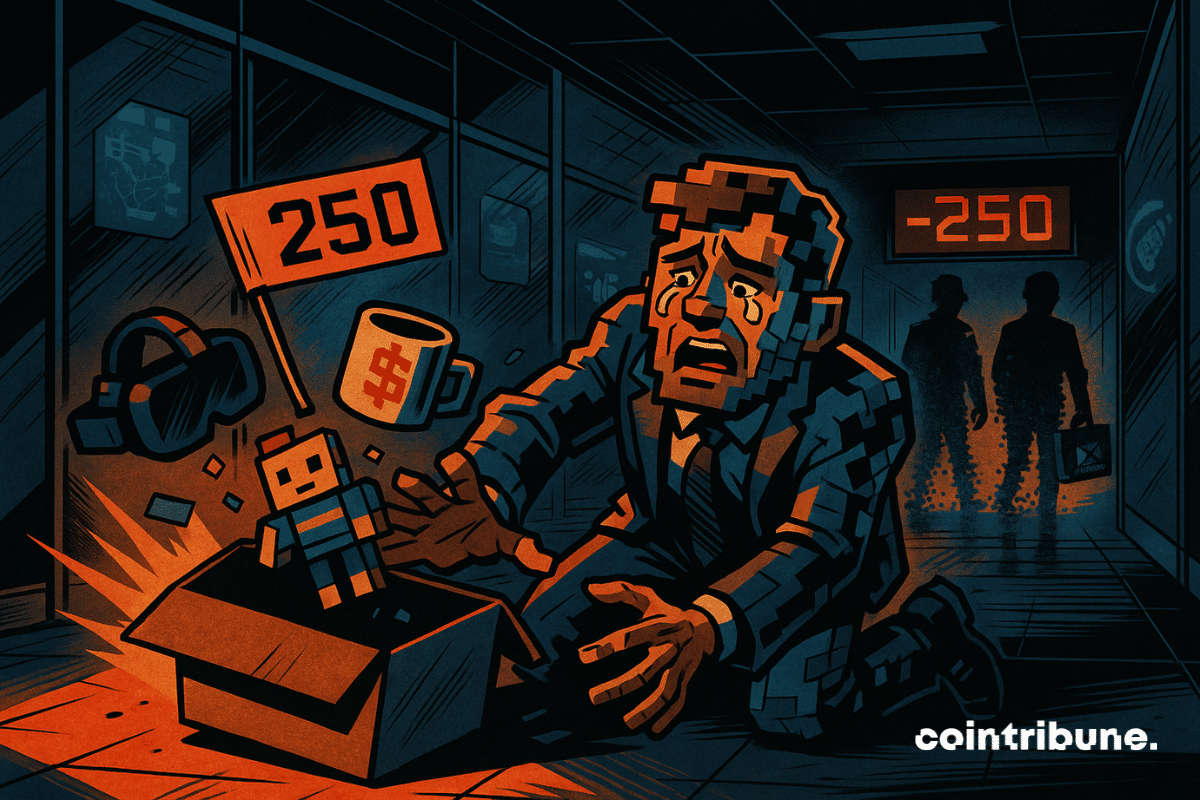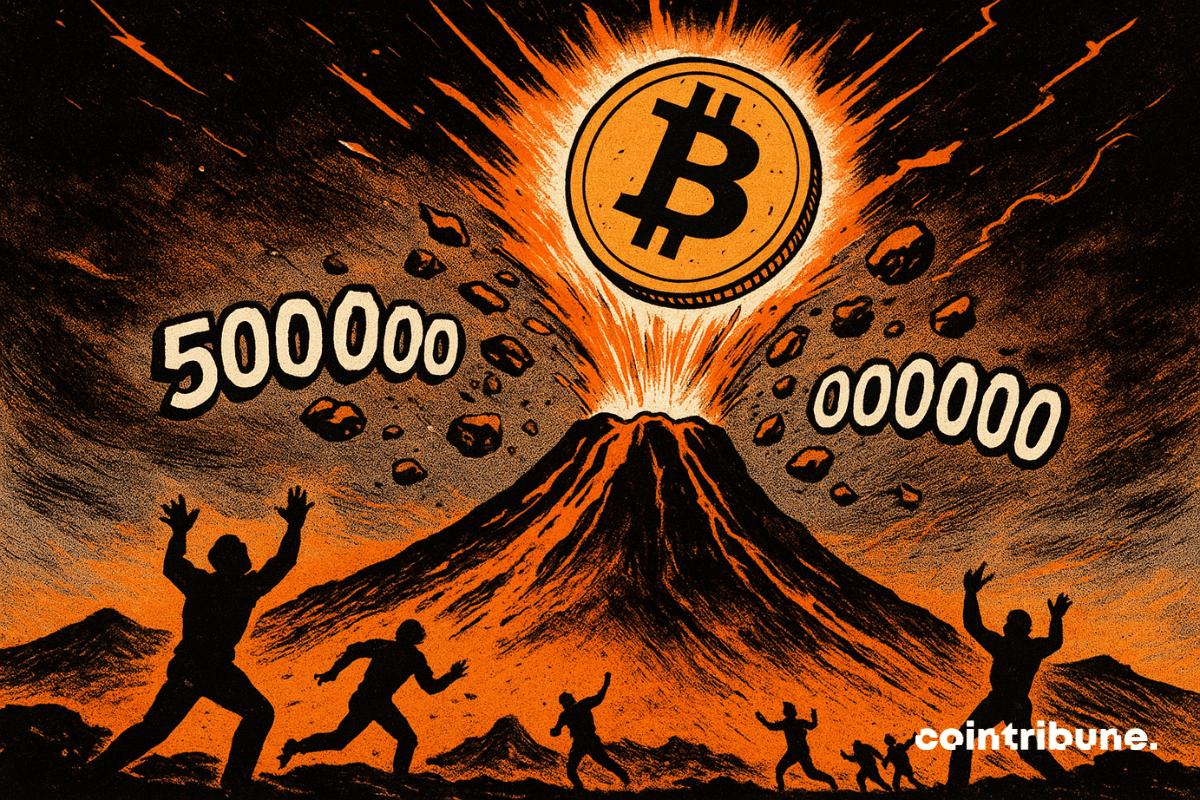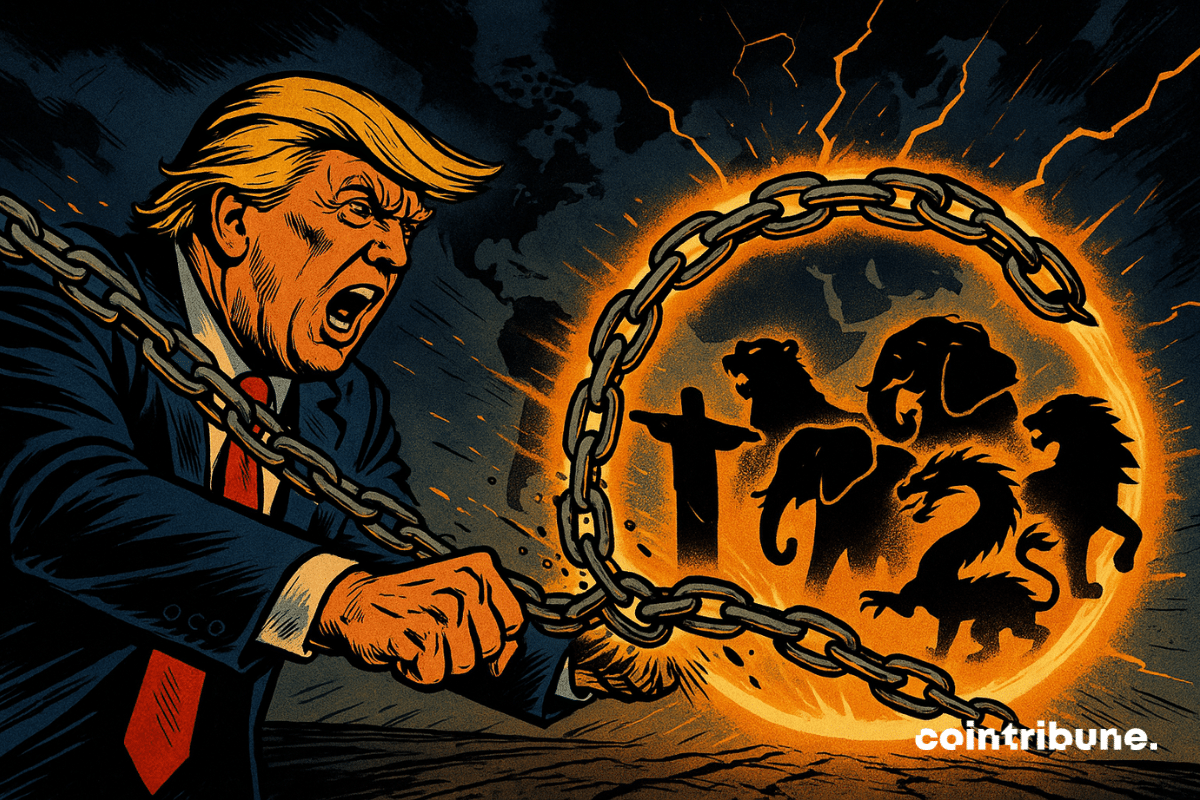21Shares aims to bring SEI to traditional investors with a proposed ETF, now filed with the U.S. Securities and Exchange Commission.
Coin Stats RSS
Bitcoin is currently undervalued according to JPMorgan. In a note signed by analyst Nikolaos Panigirtzoglou, the American bank estimates that BTC should reach 126,000 dollars by the end of the year, given its historically low volatility. As its risk-return profile approaches that of gold, bitcoin may be entering the most critical phase of its institutional adoption. This is a projection full of meaning for major capital allocators.
Since the beginning of the year, Solana (SOL) is clearly lagging behind Ethereum (ETH), which has returned to its highest levels. But behind this apparent underperformance, some analysts see a strategic opportunity for investors. Should we then take advantage of this moment to position ourselves on Solana?
Crypto-expats, come home! The CFTC unveils its magic FBOT passport to revive the American dream. Punitive regulation? A bad memory, sworn and promised...
Bitcoin stands at a crossroad as traders anticipate a number of forthcoming macroeconomic announcements. At the time of writing, the flagship cryptocurrency was trading around $112,787, a small gain of 0.30% per day, but a weaker performance over the week. Despite the resilience of Bitcoin, analysts are cautious that the short run direction of Bitcoin will rely on how investors will respond to major levels of support and resistance in the coming days.
A promoter in deficit, a crypto in the spotlight, a 60% jump on the stock market... What if LINK became the reinforced concrete of ruined treasuries?
Solana is about to reach a historic milestone. Since August 27, its community has been called to vote on "Alpenglow" (SIMD-0326), a bold proposal that could completely overhaul the network's consensus mechanism. More than a technical evolution, it is a strategic turning point with profound repercussions on performance, the protocol's economy, and the balance between efficiency and decentralization.
The custody of cryptos shifts to a new era. Indeed, exchanges, long dominant, are giving ground to Wall Street giants. BlackRock, through its Bitcoin and Ethereum ETFs, now establishes itself as an essential custodian, directly competing with Coinbase and Binance. This massive asset transfer illustrates the rise of traditional finance in the crypto ecosystem and raises questions about the future of historic platforms, facing a gradual loss of their central role.
AI-assistance tools have become a daily resource that has helped boost productivity and speed in several industries. Despite the notable benefits of these smart systems, medical experts are concerned that overreliance on artificial intelligence may be causing more harm than good.
Van Eck highlights Ethereum as a Wall Street token, positioning it at the centre of the growing stablecoin market.
While some still dream of Bitcoin at $200,000, Mastercard slips the USDC under the rug and pays the bill in stablecoin... Quietly, but surely.
The US Secretary of Commerce, Howard Lutnick, will publish economic data, starting with GDP, directly on the blockchain. Presented at the White House with Donald Trump, the initiative aims to strengthen trust and experiment with blockchain in public administration.
Dogecoin is once again at a critical stage, as its largest holders reduce their exposure, while market signals indicate further downside risk. DOGE, the meme coin that surged to a multimonth high earlier this summer, now faces strong selling pressure, declining network activity, and bearish technical patterns that could push its price much lower.
MetaMask now lets users send and receive Solana using human-readable .sol names, simplifying transactions and wallet access.
Metaplanet is raising $880 million through an overseas share sale, with $835 million earmarked to expand its Bitcoin holdings.
On-chain report shows that stablecoin deposits on cryptocurrency exchange Binance have surpassed $1.65 billion. Such massive user deposits are generally known to precede increased appetite for spot assets, especially after recent market sell-offs. Interestingly, this move comes as Bitcoin crumbles under the weight of whale sheddings and heavy liquidations.
Coinbase’s Layer-2 blockchain Base has taken a big leap in the NFT market, securing the third spot in global 30-day NFT trading volume.
While the crypto market oscillates between euphoria and uncertainty, XRP is the subject of a serious warning. According to analyst Benjamin Cowen, the crypto could experience one last drop before reaching its cycle peak. This analysis, based not on promises but on historical technical signals, calls for caution.
With every Nvidia earnings release, the crypto market holds its breath. For several quarters, the semiconductor giant's performance seems to evolve in parallel with that of bitcoin. Enough to intrigue traders, increasingly watching this quarterly event as a leading indicator. Even before the announcement of the second quarter, attention was not only on Wall Street but also on the blockchain order books.
While Web3 seeks to reinvent itself after the bursting of the speculative bubble, The Sandbox is going through a major crisis. The French pioneer of the blockchain metaverse has just announced the layoff of more than half of its workforce and the eviction of its two co-founders. This brutal restructuring occurs in a climate of growing disinterest in 3D virtual worlds and is accompanied by a spectacular drop in the project valuation, now forced to rethink its future.
Crypto everywhere, cheap ransom, and an ex-trader freed at dawn: France invents discount kidnapping. Who will be the next digital wallet?
While BTC maximalists brood, whales set course for ether. Bluff move? Or real metamorphosis of a market tired of its digital dinosaur?
It's not just Bayrou's France that is struggling. Europe is going through a systemic crisis that the ECB's printing press can no longer solve. Despite years of massive injections, the eurozone is sinking into a vicious circle of stagnation and unsustainable debt. It seems that this time, unlike 2008, the ECB can no longer save Europe from the crash.
Bitwise published a report predicting that bitcoin will surpass the one million dollar mark before 2035.
A silent revolution is taking shape. As quantum computing becomes a reality, the very foundations of Web3 begin to tremble. Behind this invisible threat, a solution emerges: Naoris Protocol. A decentralized post-quantum cybersecurity infrastructure, it anticipates vulnerabilities that even nation-states fear. Its founder, David Carvalho, grants us an exclusive interview. An ethical hacker turned cyber strategist, he shares his vision, his technological choices, and his warnings. As the $NAORIS Token Generation Event (TGE) took place on July 31, 2025, a new paradigm is on the horizon..
By seeking to isolate his rivals, Donald Trump could well get the opposite effect. Under the pressure of his trade sanctions, the countries of the BRICS bloc, long divided, are beginning an unprecedented strategic rapprochement. As tensions rise, China, India, Russia and their partners seem more willing than ever to cooperate economically and diplomatically.
MetaMask revolutionizes access to its crypto wallet with a login via Google or Apple. All the details in this article!
In the era of foundation models and continually growing datasets, computing resources are one of the most significant barriers facing developers and researchers. While the cloud offers scale, many builders now look for local alternatives that deliver speed, privacy, and flexibility.
Robinhood and Strategy missed out on the S&P 500, causing their shares to fall, while Interactive Brokers was added to the index.
Donald Trump Jr. joins Polymarket’s advisory board as the platform gains new investment and grows its role in prediction markets.
